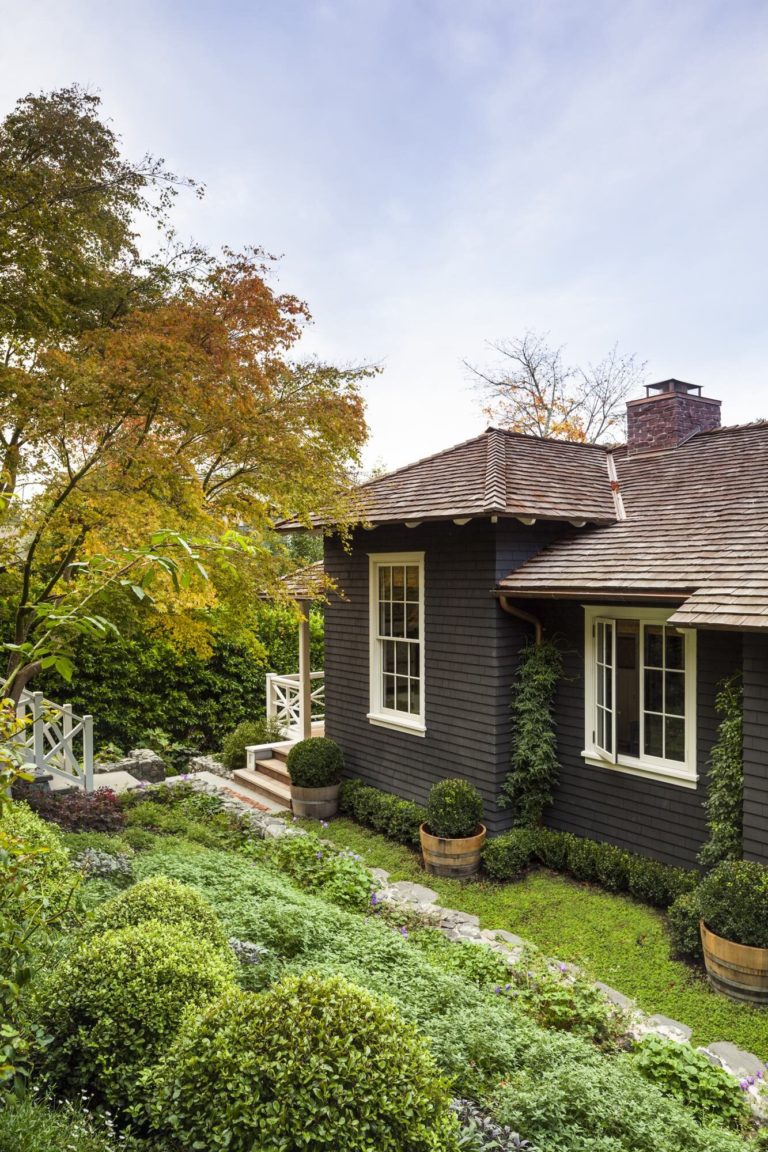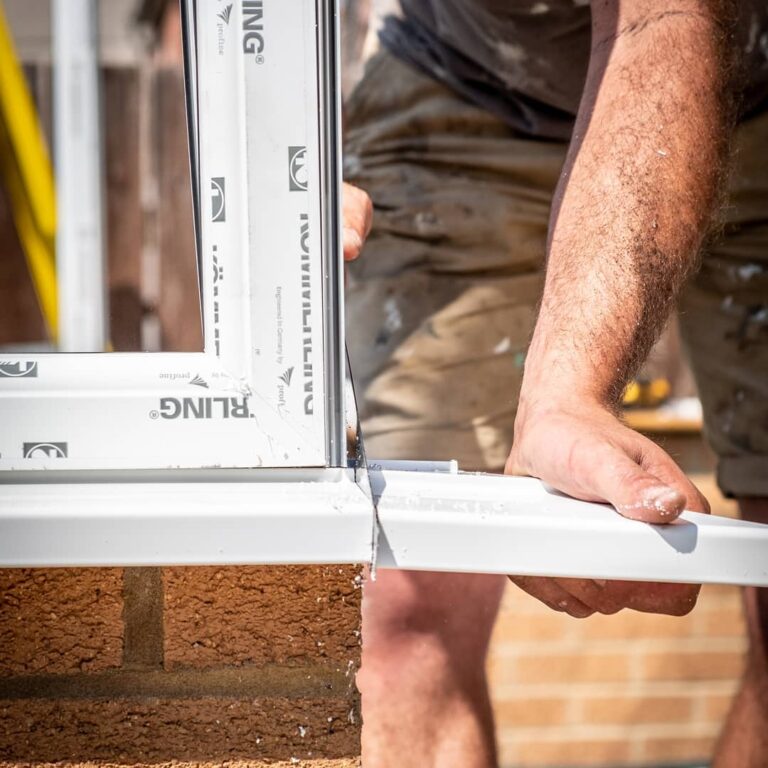5 Tips for Installing Sensors, Alarms, and Other Safety Devices in Your Home
The best security between you and a fire is a smoke and carbon monoxide alarm, which means it’s extremely important to install them right. But they’re also in an awkward position in your home, usually drilled into a wall or ceiling, which means it’s important to be safe while you’re installing them.
There is also more to it than even the manual to the alarm will tell you. If you’re looking to replace or install a smoke or carbon monoxide alarm, take a look at our guide for some extra tips.

Safety first
If you’re about to install a smoke alarm or carbon monoxide alarm, chances are you’re aiming for somewhere high, like the ceiling. This gives you a great opportunity to fall, so whether you’re at the stop of the stairs or in the basement, make sure you have the right set of ladders for the job. You might also want to grab a pair of goggles to protect your eyes from the dust and debris around the fire alarm. Investing in a few portable fire extinguishers for your home is also a good idea. When there’s an actual fire, you can put it out, or at least dull the flame, to reduce the damage done to your house and belongings.
Where you place the alarm
When it comes to where you are looking to place the alarm, you will need to consult the product manual of the alarm to be sure. Most alarms see you placing it as close to the center of the room or your hallway as possible. You’re aiming to keep it at least 30cm away from any light fittings or walls.
Make sure that the area you’re looking to drill into isn’t hiding a pipe or cable with an electronic detector and never drill blind in case you pierce something that isn’t to be touched and would be pricey to replace.
Make sure your insurance is up to date
Which is a good place to mention insurance. Should a fire break out in your home, you’re going to want to make sure that you have your homeowners’ insurance up to date, and that the policy has adequate coverage. Smoke and fire coverage are included in homeowners’ insurance and will save you a lot of money should your home be affected by fire. It also covers wildfires, which makes for a large weight off your shoulders in the US.
Homeowners insurance also covers other structures on your property like sheds, garages, pools, driveways, etc. and it also covers your personal property and living expenses should you find that your home is now uninhabitable.
It’s worth mentioning that a fire isn’t the only thing covered in homeowners’ insurance. With the one policy you can cover everything from tornados and flooding to riots and vehicles.
Interlinking alarms
If you’re looking for the best security in the home, you should think about interlinking alarms. It makes sense if someone left a stove on in the night, and you’re asleep, unaware until the smoke reaches the alarm upstairs. By that point it might be too late to get out, so an interlinking alarm will allow you to hear any alarm in the house when one is set off.
You will need to look at the instruction manual of your smoke alarm to see how they all interlink, which, much like smart tech gadgets like smart thermometers and smart security cameras, involves hooking them all up to the same network.
Keep your smoke and carbon monoxide sensor maintained
It’s very important that you keep testing your smoke and carbon monoxide detectors, and it’s simple enough to do. You’ll need to do it at least once a month to be sure that the batteries haven’t run out or some other glitch has caused them to not do their job. A lot of manuals will tell you that you should be testing your detectors once a week or you’ll risk missing a broken alarm. No one needs to point out what can happen if a smoke or carbon monoxide alarm stays broken for too long.
And testing them is simple enough. There is a visible button on the unit which, if you can’t reach yourself, you can jab with a broom handle to avoid pulling out the ladders.
You should hear the alarm play for five seconds and then stop itself, and you should see the LED light flash next to it. If neither of these things happen, it’s time to change the batteries.
If you went for the interlinked alarms idea, you will then need to check every other alarm in the house if nothing else happens.






